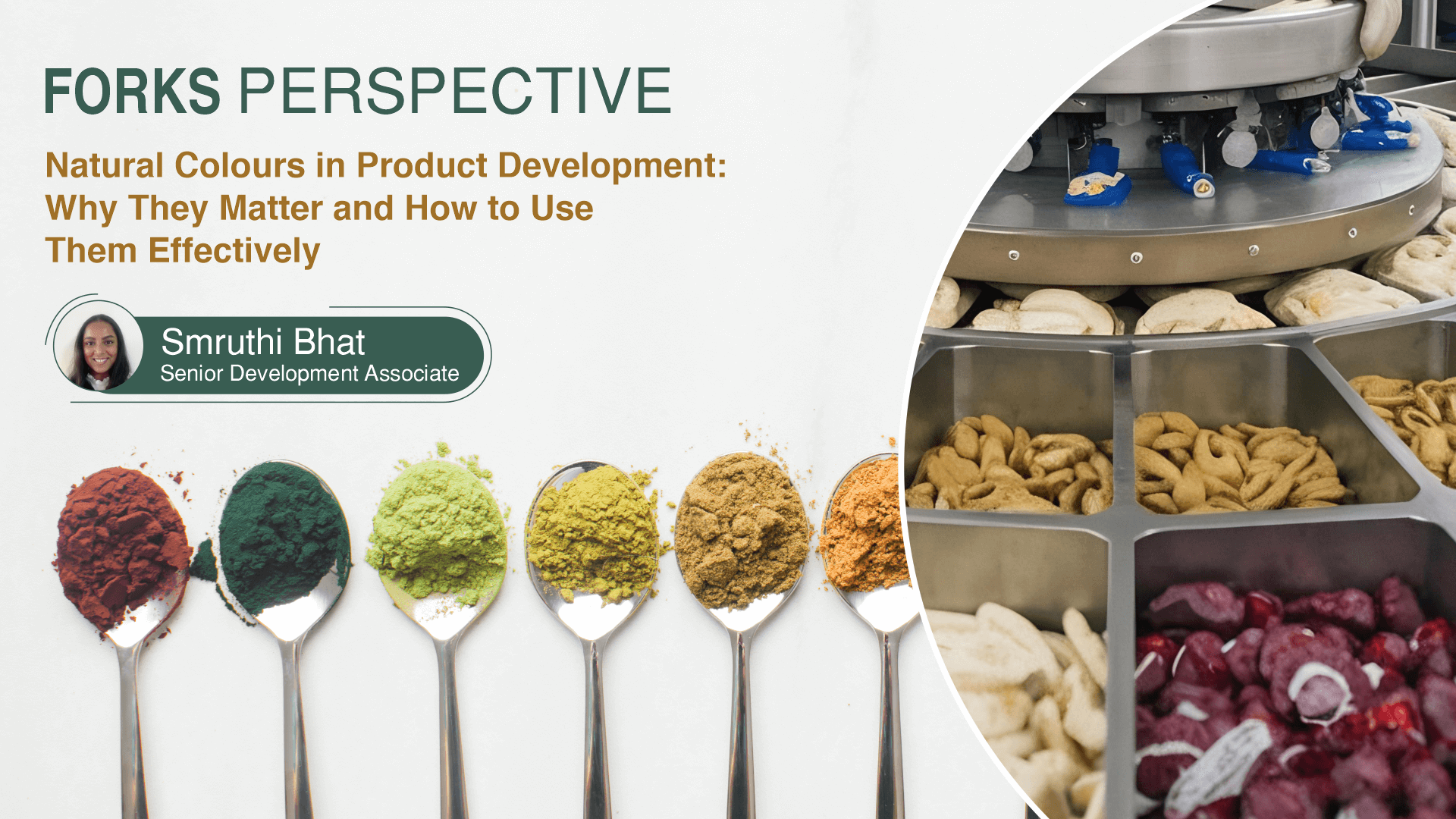In today’s food and beverage industry, colour serves as more than an aesthetic element; it is a defining factor in product identity, consumer perception, and brand positioning. Whether formulating a fruit beverage, plant-based snack, or nutraceutical gummy, the visual appearance of a product strongly influences how consumers interpret its freshness, flavour, and quality.
Colours play several crucial roles like signalling flavour expectations and functional attributes, attract attention on crowded retail shelves, and ensure consistency across production batches, which helps maintain brand trust. This importance spans across multiple categories, including beverages, confectionery, bakery, sauces, plant-based meats, and supplements, making colour a fundamental aspect of product development.
As consumer preferences shift, there is growing demand for clean, recognizable ingredients. Artificial colours, once widely used, are increasingly associated with health concerns and face regulatory scrutiny in certain regions, such as the EU, where some synthetic dyes require warning labels. In response, natural colours have gained prominence, aligning with modern expectations for transparency, safety, and authenticity while also supporting premium and better-for-you positioning. Leading suppliers such as GNT Group (Exberry), Sensient Technologies, Chr. Hansen, DDW (Givaudan), ADM, Naturex, Döhler, Lycored, and Roha Dyechem are actively innovating to improve the stability, versatility, and performance of these ingredients.
Natural colours are derived from a variety of botanical sources, providing a diverse spectrum of hues like reds and purples from beetroot, black carrot, and grape skin (anthocyanins); yellows and oranges from turmeric, beta-carotene, annatto, and paprika; greens from spinach extract or chlorophyll; blues from spirulina; and even whites from starch-based materials. These pigments are available in multiple formats, including powders, liquids, oil-dispersions, and emulsions, allowing formulators to choose options that best fit specific pH levels, processing conditions, and storage requirements.
While natural colours offer clear advantages such as strong consumer appeal, alignment with clean-label trends, and the potential to contribute phytonutrients, they also present challenges. Their cost is typically higher than that of synthetic alternatives, and they can be more sensitive to environmental factors like heat, pH, and light, which may affect stability and intensity. Batch-to-batch variation is another factor developers must optimize.
From an NPD perspective, natural colours are invaluable for products targeting health-conscious markets, premium positioning, or exports where regulatory standards favour plant-derived ingredients. Ultimately, natural colours are no longer a niche choice but an emerging standard in product formulation. At Thinking Forks, we deal with the exciting opportunity in innovating solutions that optimize cost, stability, and visual appeal while creating products that delight customers while strengthening brand quality and trust.




